The festive season is approaching, and with it that feeling of pomp and splendour traditionally attached to it.
The contemplative spirit of this time of year prompts us to look ahead and makes us wonder: what will remain at the end of it, under the tables and around the trees once the splendour is gone, the celebration has ended, and the music paused? What will be left over for us to deal with at the beginning of January?
Waste can be a sign of achieved joy, and mission accomplished with a successful well-attended party or an enjoyable gathering. But, for our industry, it is also a sign that reflects our level of maturity, the mark of an innovative attitude and a degree of behavioural change towards a sustainable mindset.

Let’s take a closer look at the amount, type and quality of waste we produce and dump from our premises and event locations to see if there is anything we could do to improve the findings. Since waste is a huge and complex load, we have split it across two articles: Food Waste and Solid Waste. We start with food waste – get your bin and scales ready!
Defining the issue
The figure usually associated with food waste globally reflects the lack of accurate data on the subject.
In fact, the familiar and still valid amount of 1.3 billion tons referred to as the quantity of food lost or wasted each year, which is equal to a third of total food production, is the figure shown in the often quoted UN Food Agriculture Organization’s (FAO) 2011 report Global food losses and food waste – Extent, causes and prevention.
In 2019 the FAO produced a new detailed study, The State of Food and Agriculture, with the aim of tackling the issue in a more efficient way. The main innovation in terms of approach was the introduction of the distinction between food waste (FW), the waste produced at the retail and consumer level, and food loss (FL), the waste created along production and supply chains.
The distinction becomes important when we try to identify the reasons why we get these totals, especially when we consider that, according to the study, the impact of reductions in food loss and waste on food security and nutrition depends on where these occur along the supply chain.
According to the FAO’s 2019 report, around 14% of the world’s food (valued at $400 billion per year) is lost after it is harvested and before it reaches the shops.
In percentage terms, food loss can reach 30-40% of total production due to problems ranging from improper use of inputs to lack of proper post-harvest storage, processing or transportation facilities and it is apparently more relevant in developing countries.
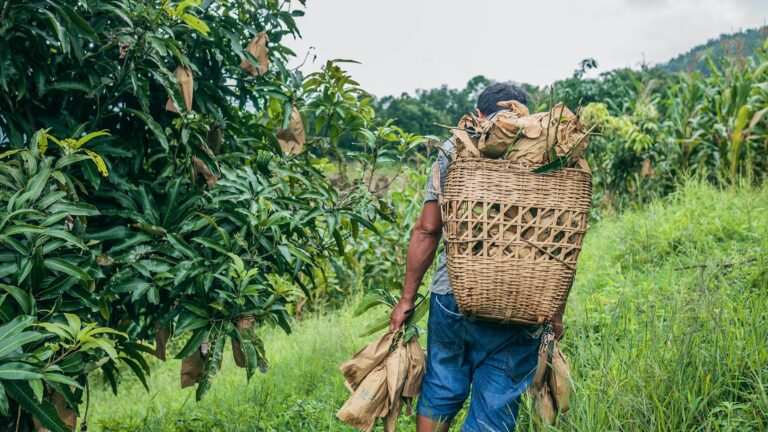
On the other hand, as one might imagine, what is defined as ‘food waste’ is more of a problem in developed countries and requires a different approach, based more on education and cultural change in relation to food consumption.
According to the UN Environment Programme Food Waste Index (FWI) Report 2021, 17% of total global food production may be wasted. Of which 11% comes from households, 5% from food service and 2% from retail. In 2019 alone, the total amounted to 931 million tonnes.
These numbers should not be ignored, especially because food loss and waste (FLW) is expected to rise by a third by 2030, when 2.1 billion tonnes will either be lost or thrown away, equivalent to 66 tonnes per second. Also, because it is never just about food, but rather about what that loss and waste represents for the environment and the other human beings on the planet.

The sustainable impact of food waste
The impact of food waste starts with the considerable economic loss, estimated at $936 billion, but its greatest effects are the social and environmental costs.
In a world where, according to UN The State of Food Security and Nutrition in the World (SOFI) 2022 report, around 2.3 billion people, roughly a third of world’s population, suffers from moderate or severe food insecurity (data from 2021), food loss and waste become a social and moral question as well.
Last but not least, we should consider that estimates suggest that 8-10% of global greenhouse gas emissions are associated with food that is not consumed.
According to some opinions, the FLW problem contributes 95% to global environmental damage, while plastic only contributes 5%. This is because the damage not only includes strictly defined food but also the loss in terms of valuable resources such as water, in addition to the damage to the soil and the quality of the air.

Given this pool of information, it should not surprise us that food waste is strongly represented in the UN Sustainable Development Goals (SDGs). SDG 12: Responsible Production and Consumption refers directly to it and in the Agenda 2030 there is a specific target to halve food waste and reduce loss across supply chains, which several countries and private tourism businesses have already committed to.
However, considering some of the reflections previously shared, it is quite evident that many other goals are linked to it, such as SDG 2: Zero Hunger, SDG 6: Clean Water and Sanitation, and SDG 13: Climate Action.
Its impact, in fact, goes beyond production and consumption and affects several aspects of life on the planet.
The below figure, included in the recent FAO report, summarises the SDGs affected by FLW in a useful visual form and how they inform the relative target goals.

Our focus should be on achieving the main targets defined by the Agenda, specifically goal 12.3, reduce food waste by 50% by 2030 and goal 12.5, substantially reduce waste generation through prevention, reduction, recycling, and reuse; as many of our industry’s businesses have started doing, and with relative success.
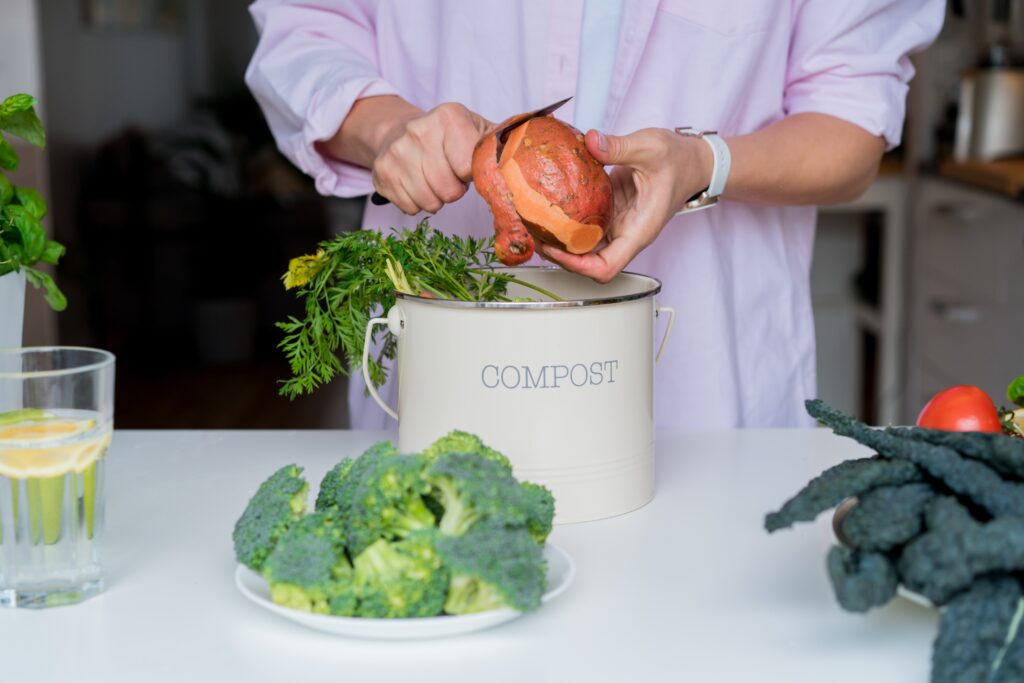
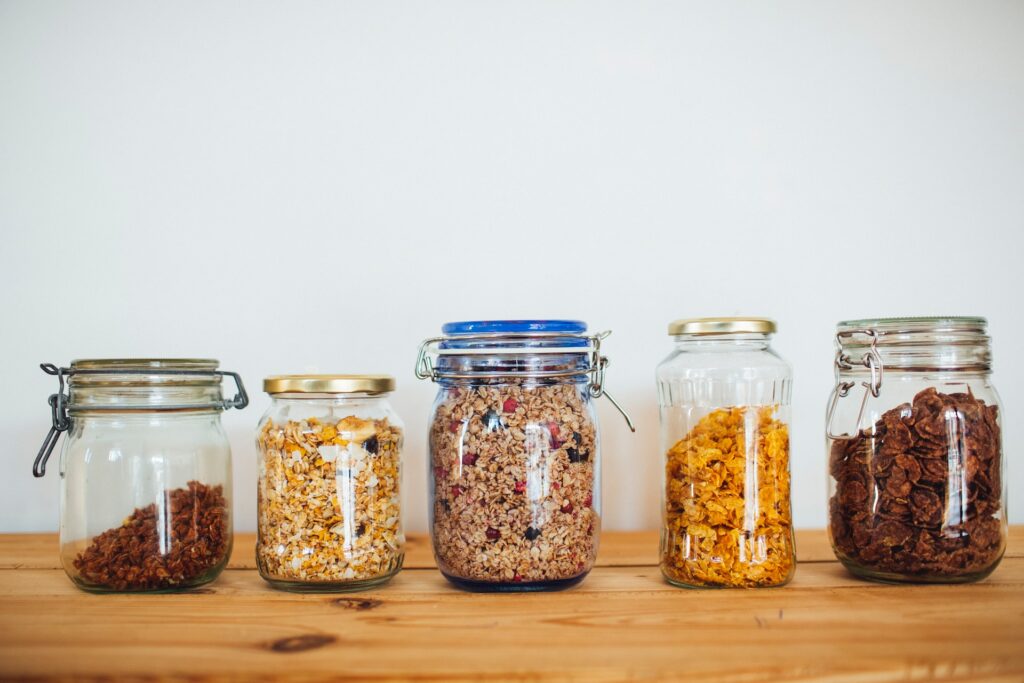
Can we change the current scenario?
THE PROBLEMATIC STATUS QUO
If we look at buffet tables, as tourists, it’s likely that we will instinctively delight at the sight of huge trays stuffed with mountains of colourful portions.
But is that excess sustainable, and most of all, necessary?
In 2019, the hospitality chain Hilton introduced its ‘no-waste’ catering menus and implemented its thoughtfully designed buffet presentations, also reducing the food waste produced on buffet tables. This is only one of the ‘sustainable’ menu initiatives presented by Mark Anthony Camilleri in his 2021 article Sustainable Production and Consumption of Food, which proves that consumer expectations can change if they are guided and provided with the necessary information.
It is true that the way we look at food waste might be partly dictated by customer expectations and by our intentions, as an industry, to tailor our responses to it. At the same time though, we shouldn’t forget our responsibility and the role that education can play in the cultural change of general perceptions about food.
Moreover, we should consider that tourists are also changing their habits at home, as citizens, and they are increasingly interested in the underlying connections between tourism and the surrounding world. These topics are more visible and so is their inclination to act accordingly.
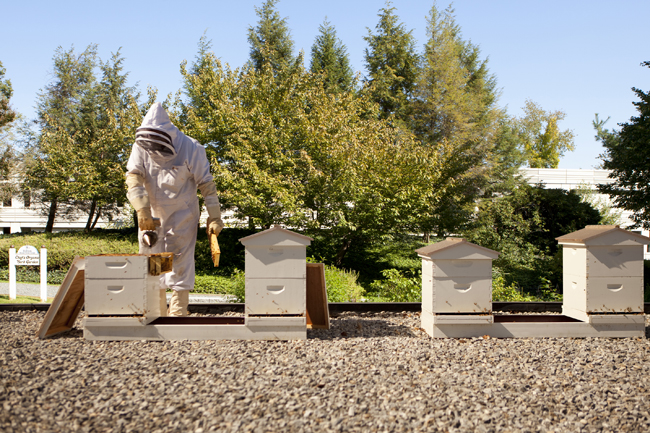
THREE AVENUES TO EXPLORE
However confusing the challenge might seem, we believe in the power of sharing successful stories to inspire real changes in the long term.
Based on extensive desk research done on the matter – but conscious of the limited space available here – we suggest, as a starting point, looking at three different aspects in search of possible new solutions.
Size, tech and the social factor appear to us to be three interesting avenues worth exploring, and we would like to explain the reasons why.
AFTER ALL, IT’S ALL ABOUT SIZE
The simple act of reducing the buffet size, as well as the size of the plate available, has been adopted by Italian hotels in Florence, as reported in ‘Sustainable Production and Consumption of Food‘, as an effective solution to food waste prevention.
The project ‘Dose Certa’ (Right Portion, in Portuguese) implemented by LIPOR, the Intermunicipal Waste Management company of Greater Porto, has been able to reduce 30% of the food waste in local restaurants. The initiative had the advantage of providing practical evidence to the local business owners, while educating their customers.
And if the customer has already ordered too much, it is still possible to provide them with the now-accepted option of taking the leftover food home.
The Good to Go Doggy Bag initiative, sponsored by the European Union and the Scottish government, was launched in 2016 to recover the part of ‘plate waste’, equal to 34% of the avoidable part of the 53,500 tonnes of food yearly wasted in Scotland.
The successful initiative was able to reach the goal of an average food waste reduction of 42%.


TECH’S HELP
When the tech is based on sustainability concerns, great solutions can arise.
The principles of the sharing economy have been applied in the creation of a mobile app, ResQ, whose goal is to provide alternative uses for the surplus food generated by cafes, restaurants and hotels. It currently operates in many cities in Finland and several in Sweden and, for the moment, also in the capitals of Germany and Estonia. The app has been used by popular hospitality companies such as Hilton, Crown Plaza and Holiday Inn, among others.
Tech help can also come from the support of experienced consulting companies, such as LightBlue Environmental Consulting, from Thailand. Best Small Business winner for the UN ‘Good Food For All’ competition in 2021, the company, beyond online courses and a certification system, also offers scalable tech solutions that have been helping clients to reduce food waste by 35% and costs per cover by 5%.
THE SOCIAL FACTOR
The practices of reusing and repurposing, directly suggested by the Agenda 2030, have been supporting many kinds of initiatives at community level, such as donations to charities and food banks, that have proven a very popular choice for big hospitality chains. Hyatt, for example, has seen a 50% increase in the number of its hotels that are donating surplus food. Other multi-national businesses including Carlson Hotels Worldwide, Radisson Hotels and Resorts, Marriott International, and Fairmont Hotels and Resorts donate surplus food from catering displays and trolleys to community projects such as homeless or women’s shelters, orphanages, homes for the elderly and drug rehabilitation centres, working directly or through charitable organisations.
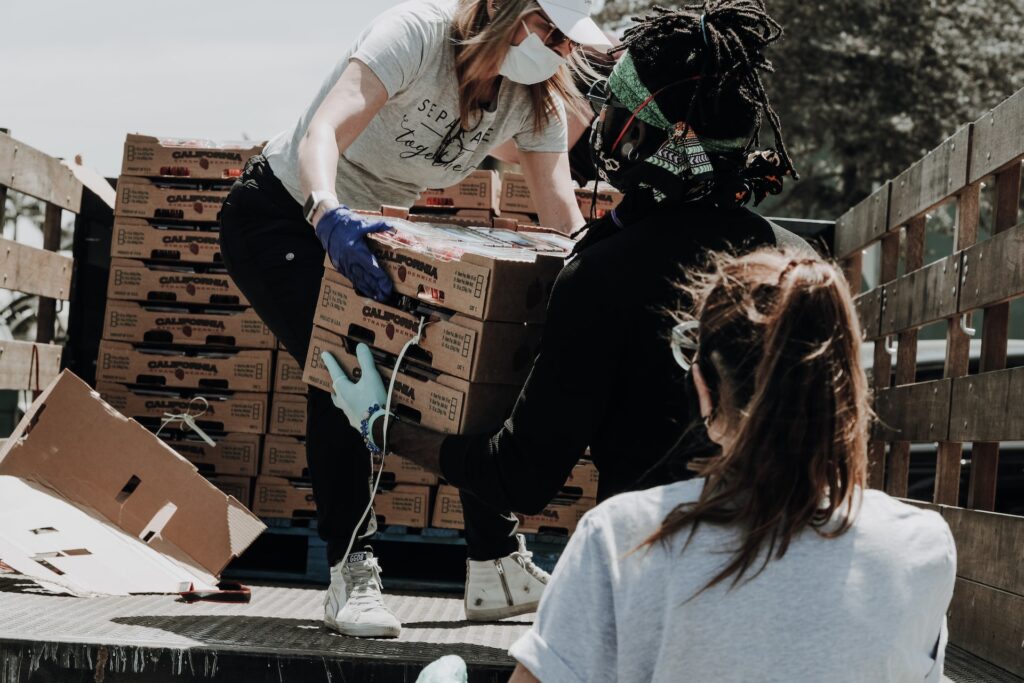
Donations in these examples do not represent a mere philanthropic action, but also a considerable opportunity to save financial resources. The Hilton hotel at San Francisco Union Square, for example, declared that its composting programme saves them the incredible amount of $7,000 per month in waste hauling fees.
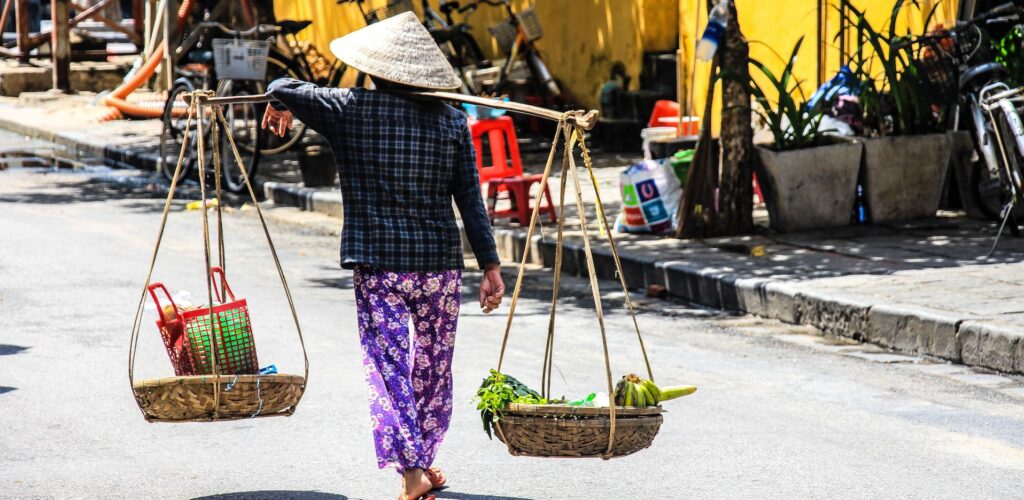
The Ultimate Focus
In any case, beyond the interesting alternative solutions that are being adopted, we should recognise that the main key to the food waste solution is to reduce the amount of food we use.
As well as the cultural change that needs to be consciously taken, we know that this kind of change, especially for an industry such as ours, might encounter resistance.
In any case, we suspect that a pragmatic approach would solve any remaining doubt, and perhaps the incentive to take the necessary steps toward this cultural change will come from the growing numbers that support it.
The importance of the concept of measurement has already entered the vocabulary and practice in our sector and continues to show positive results.
We have found the Hotel Waste Measurement Methodology among the most recent resources available, which is a collaboration between the World Wildlife Fund (WWF) and Greenview. The methodology is part of the Hotel Kitchen Toolkit, developed by the WWF and the American Hotel and Lodging Association and is directed not only to hotels, but also to food service institutions, including restaurants, cruises, and catering companies.
Among other useful resources that the platform provides – such as the Toolkit for communicating food waste to guests – the Hotel Waste Measurement Methodology has the goal of identifying specific metrics to help with data collection and comparison across the industry.
We hope that the measurement and the consistent monitoring systems, that our industry is putting in place, will trigger new virtuous cycles that will support the substantial behavioural change already happening in our societies.
Until then, we will continue to conspire to reach a point when all the different changes will eventually translate into a more general cultural change where it will be normal that the economic benefits of any business are aligned with and reinforcing the social and environmental benefits for our society and planet, rather than not including them in the equation at all.
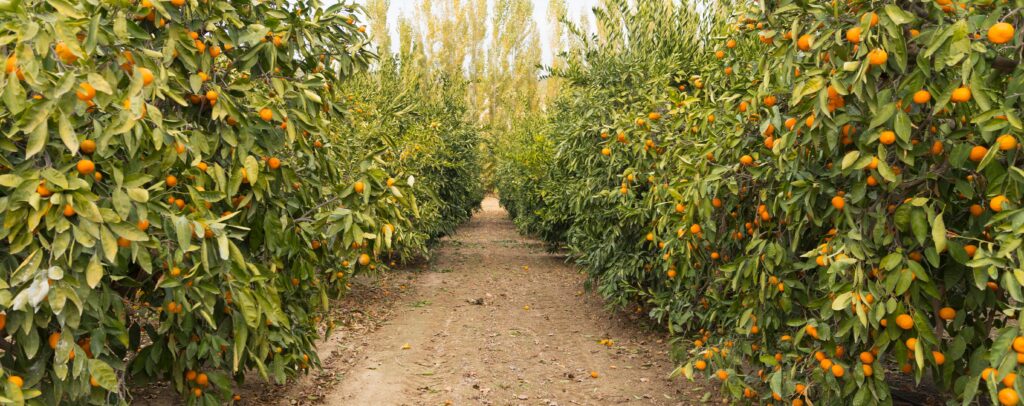
Words by Elisa Spampinato


Recent Posts
Categories